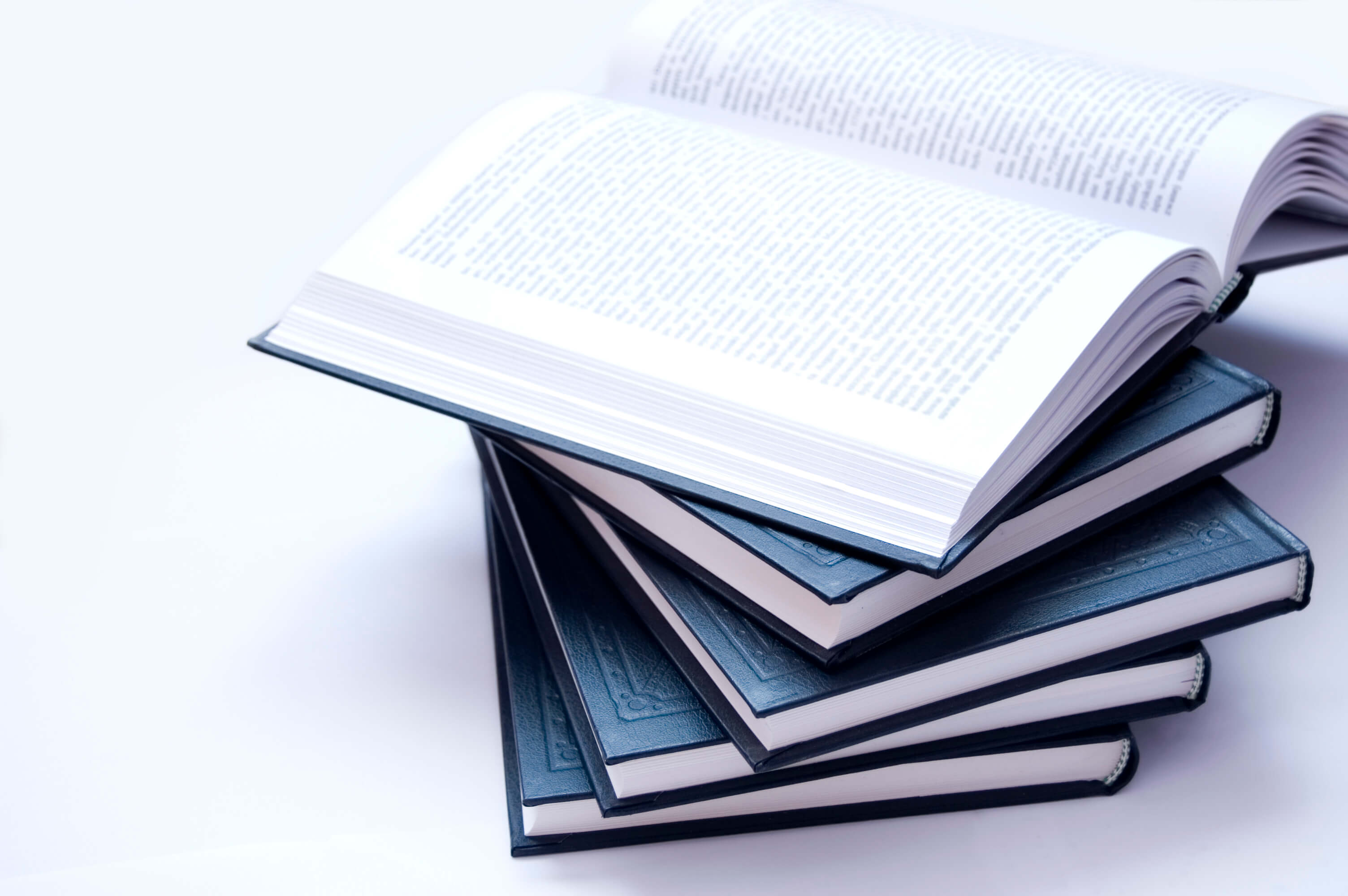-
Adabiyot. Adabiyotshunoslik. Xalq og‘zaki ijodiyoti
-
Adabiyot. Adabiyotshunoslik. Xalq og‘zaki ijodiyoti
-
Adabiyot. Adabiyotshunoslik. Xalq og‘zaki ijodiyoti
-
-
-
Adabiyot. Adabiyotshunoslik. Xalq og‘zaki ijodiyoti
-
Adabiyot. Adabiyotshunoslik. Xalq og‘zaki ijodiyoti
-
-
-
Adabiyot. Adabiyotshunoslik. Xalq og‘zaki ijodiyoti
-
Qishloq va o‘rmon xo‘jaligi
-
-
Амир Темур сиймоси
Амир Темур сиймоси. Ўзбек халқ ёзувчиси П.Қодировнинг илмий бадиа шаклида ёзилга ушбу роман Соҳибқирон Амир Темур симоси ҳақида миллий ва умуминсоний миқёсларда чин..
-
Культ товары;феномен массовой литературы в современной Россиии
Культовары феномен России массовой литературы в современной Росии первая вРоссии масштабная международная научная конференция посвещенная проблемам современной Россиии.
-
Морфология кристаллов
Рассмотрена морфология монокристаллов. Даны приемы описания формы и строения плоскогранных кристаллов, скелетных образований, округлых монокристаллических тел и роста и растворения. Изложена геометрическая теория двойникования.
-
Faust
Buyuk olmon shoiri Gyotening "Faust" tragediyasi jahon adabiyotining shoh asarlaridan biri hisoblanadi.
-
Руководство к определению абсолютного возраста минералов оптическим путем
Определение абсолютного возраста методом сравнительной дисперсии двупреломления постепенно входит в практику петрографов. Настоящее руководство имеет целью осветить путь, которым шли исследователи, а также наметить дальнейшее направление развития метода. К идее о возможности определения возраста Е.А.Кузнецов и 3.О.Чибухчян пришли независимо друг от друга (1963). Первый начал исследования на биотитах, для которых был определен возраст, содержание калия и аргона. 3. О. Чибухчян (1963) имел в распоряжении богатый материал лаборатории Института геологии Армянской академии наук и использовал данные возраста по полевым шпатам. Дальнейшая работа состояла в распространении метода на пироксены, амфиболы, плагиоклазы, цирконы и другие минералы. При этом было показано много примеров практического приложения к решению вопросов возраста горных пород Урала, Армении и других районов.
-
Трагедия Шекспира «Гамлет»
«Гамлет» Шекспира - одно из самых сложных и проблемных произведений мировой литературы. Книга известного советского шекспироведа А. Аникста содержит общую характеристику творчества ве ликого английского драматурга на фоне общественно-политических и идеологических условий позднего Возрождения. Автор показывает ме сто трагедии в эволюции творчества Шекспира.
-
Легенды и мифы Древней греции
История мировой культуры во многом обязана удивительному миру античной Греции ее мифам .Кому из нас не знакомы имена нарециателями Геракл и Аполлон.
-
Литература русского зарубежья
В учебном пособии характеризуется литературная, культурная и общественная жизнь русского зарубежья 1920 - 1930 - х годов.
-
КОНТЕКСТЫ СОВРЕМЕННОСТИ-I
This compendium of extracts from iearding international theoretical on society and culture was first produced for Russian readers in 1995 when it contained traslations heretofore unavailable and names scarcely mentioned.
-
Шўр ерларни ўзлаштириш усуллари
Автор тупроқнинг шўрланиш сабаблари, маданий экинлардан юкори ҳосил олиш мақсадида тупроқнинг мавсумий шурланишини йўқотиш учун шўрланган ва энди шўрланаётган ерларни ўзлаштиришнинг энг қулай усуллари ҳақида ҳикоя қилади.
-
Литература русского зарубежья
В учебном пособии рассматривается литература русского зарубежья 1920—1990-х годов — творчество писателей, составивших три волны эмиграции: произведения прозаиков и поэтов старшего и младшего поколений (первая волна), характеризуется русский зарубежный литературный процесс 1940—1960-х годов (вторая волна), анализируются проза и поэзия представителей третьей волны эмиграции.
-
Чўқинтирган ота ёхуд мафия сардори
Бу асар миллион йиллардан бери одамлар ўртасида давом этиб келаётган иллатлар, бир-бири кўролмаслик чексиз бойликка бўлган хирс адоват кабиларни рўй-рост ифодалаб бергани шунингдек америкалик ва сицилиялик мафиячиларнинг кирдикорларини тўла-тўкис очиб бергани билан дунё миқёсида оммалашиб кетди.
-
Исследование структурных особенностей минералов современными физико-химическими методами
Это книга для студентов геологических специальностей вузов
-
Город и городская жизнь в России XIX столетия
В предлагаемой вниманию читателя книге воспроизводится история города и городской жизни в России X IX столетия.
-
Фосфатлардан тўла ва комплекс фойдаланиш
Брошюрада фосфорит хом ашёсидан комплекс фойдаланиш проблемалари таҳлил этилади.
-
Сорок веков мировой литературы
Доктор филологических наук, профессор Литературного института Сергей Дмит риевич Артамонов посвятил четыре книги под общим названнем «Сорок веков мировой литературы» шедеврам мировой классики, раскрывая глубину и художественную пре- лесть произведений, покоривших поколения прошлых веков и покоряющих нас в наши дни. Книга первая из этой серии «Литература древнего мира», книга вторая - «Литература средних веков», книга третья «Литература эпохи Возрождения», книга четвертая «Литература нового времени». В книге «Литература древнего мира» последовательно представлены древнейшая литература Китая, Индии, Египта, Месопотамни, Палестины, Ирана, Греции и Рима, религин их народов, их жизненная философия, исторические события, их эстетические и нравственные идеалы.

